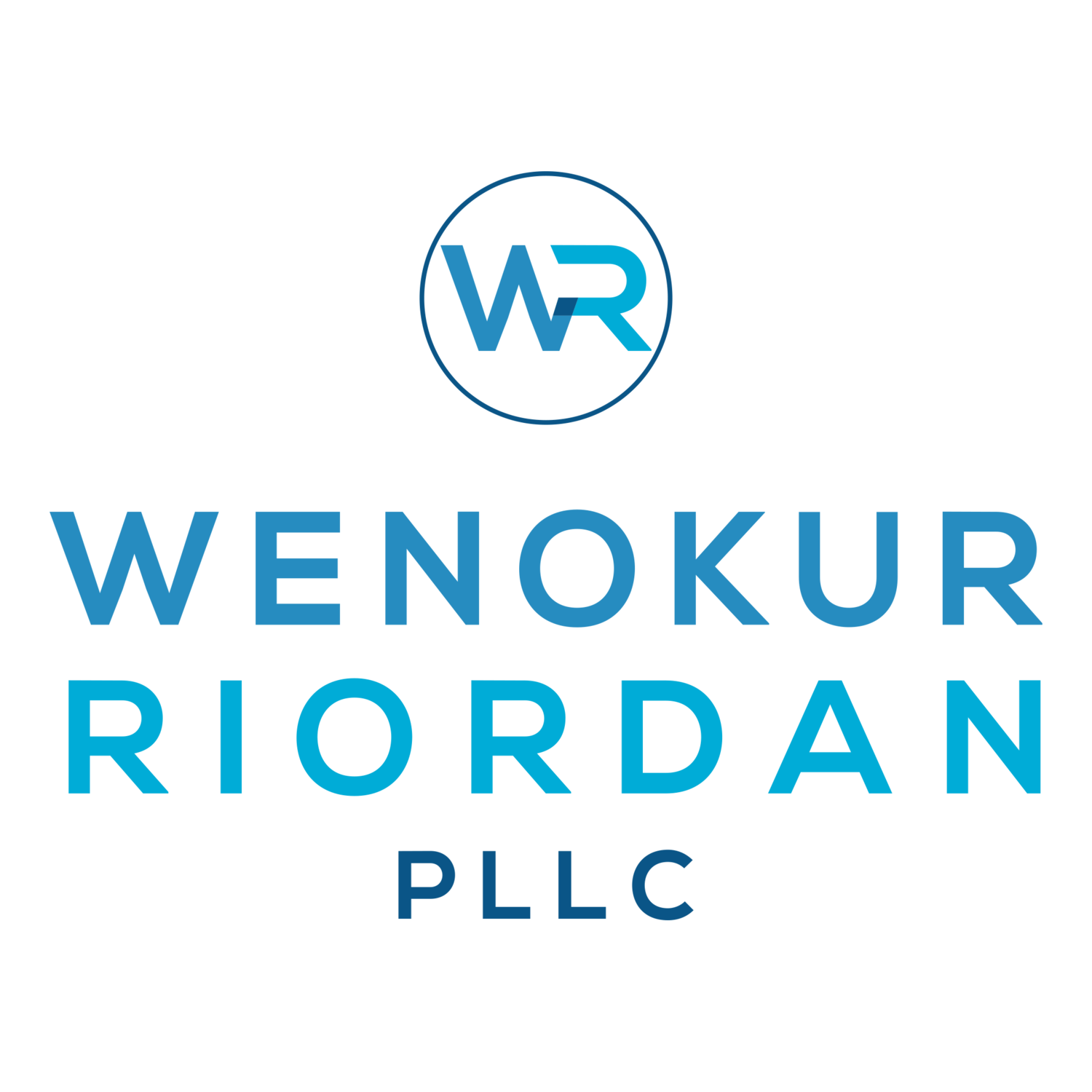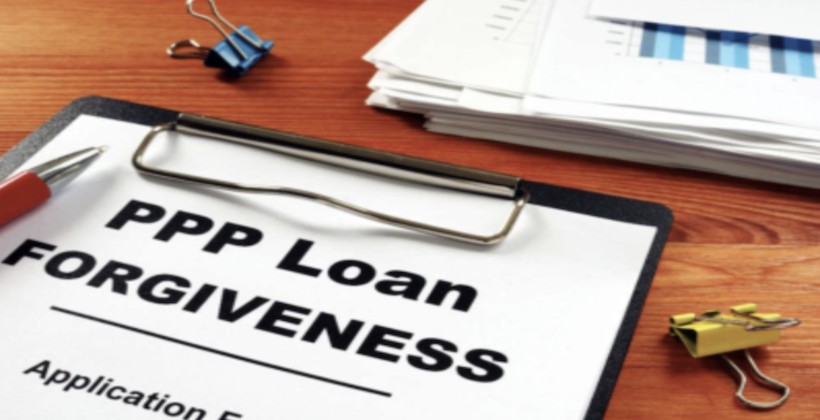Tips and Strategies For Getting PPP Loan Forgiveness
Did you receive a Paycheck Protection Program (PPP) loan in 2020? If so, it may be time to apply for forgiveness. Qualifying borrowers may get up to100% of their loan forgiven if they meet the requirements set by the Small Business Administration (SBA). Here’s a closer look at what strategies you should implement if you want your PPP loan forgiven.
Timely Submission
To qualify for PPP loan forgiveness, you must apply for forgiveness within 10 months of the completion of the Covered Period. To apply for forgiveness you will need to fill out and submit SBA Form 3508 (if you have employees) or SBA Form 3508EZ if you are a sole proprietor, freelancer, or self-employed. In some cases, your lender may have an equivalent form – if that’s the case use that form in lieu of the SBA form.
Document Eligible Payroll Payments
Borrowers who make payroll payments using their PPP loan during the Covered Period may be eligible for forgiveness. But there are some details to keep in mind: If you accrue payroll expenses outside of your Covered Period but pay them during your Covered Period, that loan amount may still be forgiven. Also, if you accrue payroll expenses inside your Covered Period but don’t pay them until after your Covered Period, those payroll expenses paid with the loan may still be forgiven. If you have questions about which payroll payments are eligible, don’t hesitate to ask your lender or an attorney.
Use An Appropriate Payroll Covered Period
Depending on the frequency of your payroll cycle, you may want to use the standard Covered Period or an Alternative Payroll Covered Period. For borrowers with a payroll frequency of biweekly or more often (i.e. weekly), the 8 week Covered Period may be best. However, if you received your loan after June 5, 2020 and you have a payroll cycle that’s longer than biweekly (i.e. monthly), you may want to use the Alternative Payroll Covered Periods of 24 weeks. No Covered Period may extend beyond December 31, 2020.
Properly Calculate and Document Cash Compensation
If you distributed cash (i.e. tips, bonuses, hazard pay etc.), you will need to calculate the gross amount and provide documentation. Keep in mind that forgiveness for cash compensation is limited to $100,000 per employee on an annualized basis.
Document Group Healthcare Costs
Only group health care costs paid by the employer (not employee) during the Covered Period are eligible for PPP loan forgiveness. This does not include any “accelerated costs.” So if your Covered Period was April and May, you can’t include healthcare costs for June and July.
Document Employer Retirement Contributions
Only retirement contributions paid by the employer during the Covered Period are eligible for forgiveness. As with healthcare costs, pre-paid contributions for periods outside of the Covered Period and employee contributions are not covered by PPP loan forgiveness.
Understand Owner Compensation Limits
PPP loan forgiveness may cover owner compensation for owners who work in their businesses. However, this owner-employee and self-employed work must take place during the Covered Period. For owner-employees or self-employed individuals, compensation is capped at $20,833 (24-week Covered Period) or $15,385 (8-week Covered Period) across all businesses owned by the borrower. This means that if you own multiple businesses, you can only receive up to the compensation cap ONCE. It’s important to note that depending on the type of business entity you have, your cash compensation will be limited by how much you earned during 2019 as noted on your tax returns. But cash compensation will not be counted towards the compensation cap. Please speak to your lender or attorney for details on how this may impact your situation.
Submit Eligible Non-payroll Expenses
Eligible business mortgage interest, business auto loan interest, utility payments, lease payments, and taxes paid during the standard covered period may be eligible for forgiveness. However, if you’re using the Alternative Payroll Covered Period for payroll expenses, forgiveness for non-payroll expenses is only available during the standard Covered Period.
Understand Lease Payment Eligibility
Lease payments that existed before February 15, 2020, may be eligible for forgiveness for the Covered Period. And leases that existed before February 15, 2020, but were renewed after that time may also have payments eligible for forgiveness if those payments were made during the Covered Period.
The above list is not inclusive of all expenses that are eligible for forgiveness under the Paycheck Protection Program (PPP). It’s important that you speak with your lender or an attorney to find out how to maximize your forgiveness eligibility.
Denial of PPP Loan Forgiveness
Despite your best efforts, your PPP loan may not be completely forgiven. This may happen if you spent your PPP loan on ineligible expenses or failed to document eligible expenses.
But you may also be denied PPP loan forgiveness if you reduced employee hours or laid off workers and cannot prove the following:
You were unable to rehire laid off employees.
You were unable to hire new employees to fill vacant positions.
Employees refused to accept rehire offers. In this case, you are required to report these refusals to the state unemployment office within 30 days. And you must provide the employee’s written refusal of the offer and a written record of your efforts to fill the position with a new employee.
Another scenario where your PPP loan forgiveness amount may be reduced is when you’ve received an EIDL (Economic Injury Disaster Loan) advance. In that case, your forgiveness amount may be reduced by the amount of the EIDL advance.
Any unforgiven loan amount must be repaid by the
PPP loan’s maturity date (either 2 or 5 years).
PPP Loan Forgiveness Tax Implications
Expenses that were paid for with a forgiven PPP loan are not tax deductible. If you paid for an expense in 2020 with a PPP loan and you expect that portion of the loan will be forgiven, you cannot deduct that expense on your taxes even if you have not yet received forgiveness. This is important because many borrowers will not know for sure how much of their PPP loan will be forgiven until after they’ve filed their 2020 taxes.
The inability to deduct expenses paid with a forgiven PPP loan could impact your tax bill. Depending on your situation, you may see significant increases in the amount of taxes you owe if your PPP loan is forgiven.
PPP loan forgiveness can be complicated but you don’t need to figure it out alone. Contact us if you need guidance through the process.
Seattle Bankruptcy and Business Law Attorneys
Contact the experienced Seattle bankruptcy and business law attorneys at Wenokur Riordan PLLC today at (206) 724-0846 to discuss your situation.


